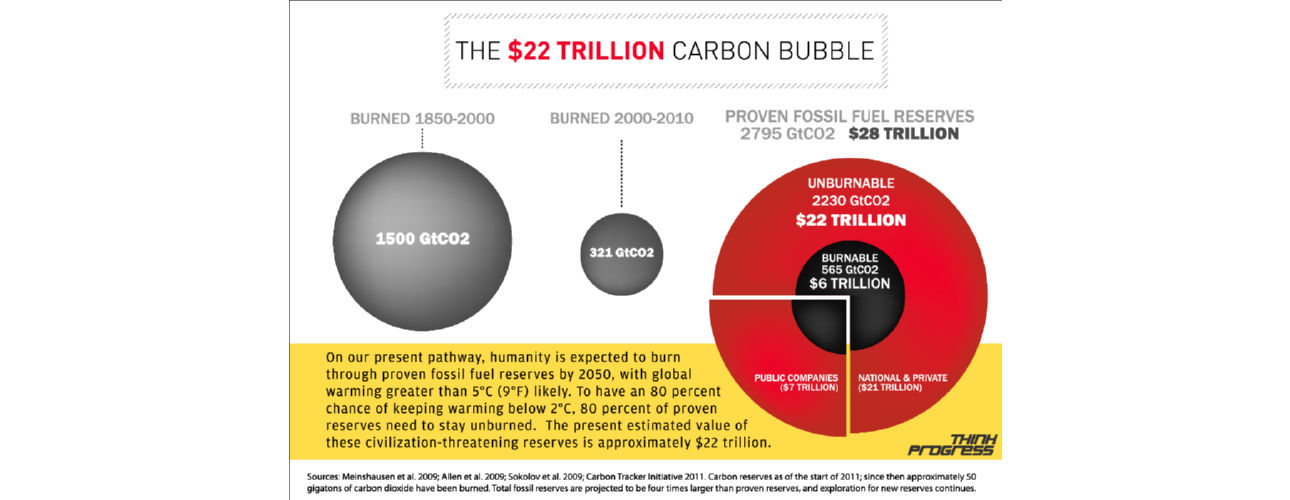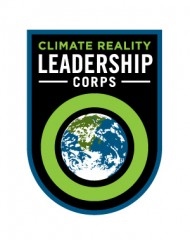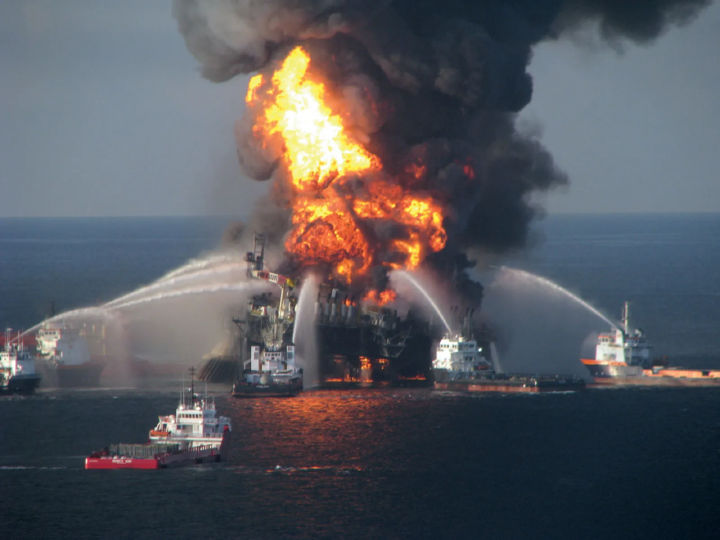

Published on: Otober 17, 2024

Active in 'Climate Reality Project' founded by Al Gore; a member of the Israeli Climate Forum.

An Israeli attack on Iran’s oil facilities is not only a matter of politics or economics; it carries severe environmental consequences that could cause long-lasting damage to the environment, wildlife, and ecosystems. Historical examples show how destructive oil spills can be—not only for the local area but for broader ecological systems. Against the backdrop of the global climate crisis, the environmental consequences of such an action must be carefully considered.
Gulf war oil disaster brief history – At the end of January 1991, reports of a huge oil spill in the Persian Gulf began to surface. Iraqi forces purposefully opened valves at the Sea Island oil terminal and dumped oil from several tankers into the Persian Gulf in a strategic wartime move against U.S. forces.
Share on social networks:
קבל התראה מזדמנת לתיבת הדוא”ל